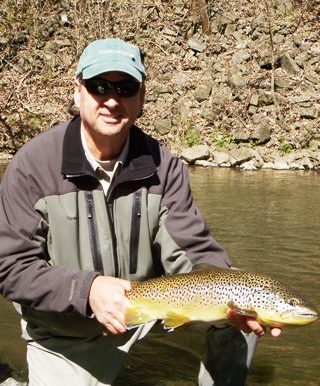A Soft Hackle, or wet fly, is one of the most utilized style of patterns in my fly box.
During the spring, summer, or fall there could be a variety of bugs hatching at any time. By changing the size, color, or material of a Soft Hackle you can find a fly to imitate nearly any bug that might be around. With a handful of different soft hackles, an angler can fish a suggestive pattern that could work to meet the needs of almost any situation.
In the water, a Soft Hackle has just that little bit of wiggle that appears life-like. That movement could represent a bug that is hatching, but fish will eat soft hackles even when there does not appear to be a hatch.
Soft Hackles can be fished a variety of ways, making them a great bug as conditions change during a day on the water. Fish them deep and dead-drifted like a nymph. Or, try them on the swing while fish are eating emergers. Fish them under a dry fly, or you can even strip them like a streamer. The possibilities are pretty endless. I really like carrying flies that can be fished a variety of ways depending on what the fish prefer at a given moment.
If you tie your own flies pick up a partridge skin and add a couple soft hackles to your boxes. Bodies tied with pheasant tail, peacock, or hares ear are great general attractors that can be used all year long. If you do not tie, our fly shop at the club is always loaded with a large variety of soft hackles.
If you are heading down to the Little J in the evening after your guided trip is over for the day, a soft hackle can be a great fly to start with. In addition to general attractors, try matching the size and color to whatever bug you might see hatching at that time of year. For example, in May a yellow Soft Hackle to suggest a Sulphur is a great choice.





